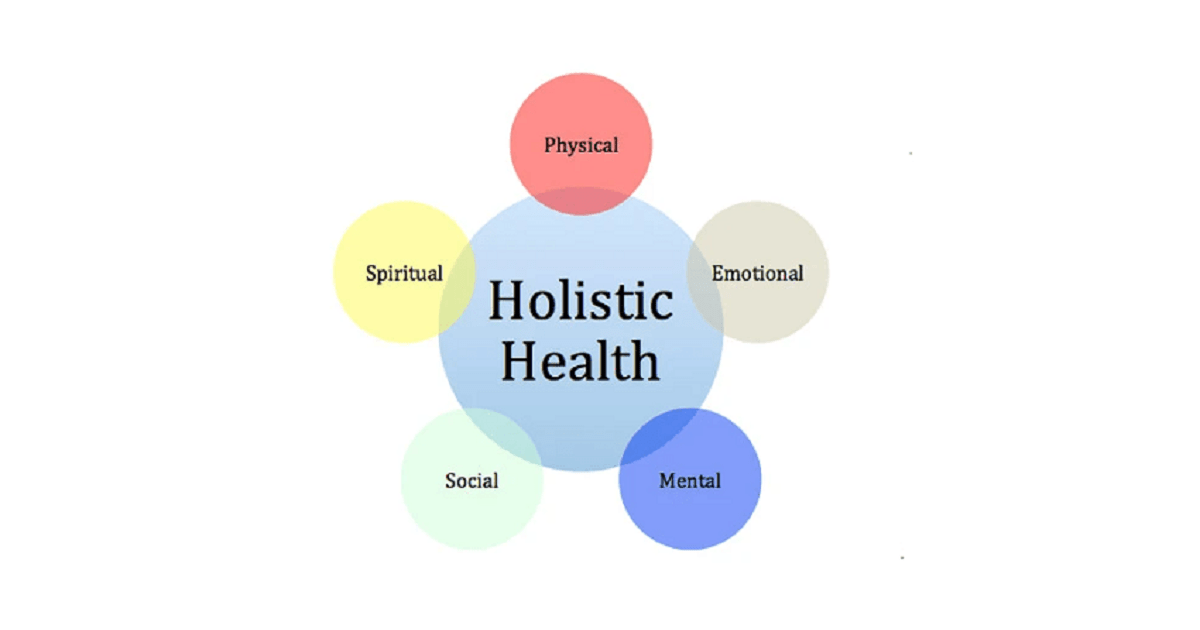Ayurveda, the ancient system of natural healing, encompasses various branches, each addressing specific aspects of health and well-being. One such branch, known as “Shalya Tantra,” is dedicated to the art of surgery. Shalya Tantra is a testament to the advanced medical knowledge of ancient India, offering a unique approach to surgical interventions that prioritize holistic healing and patient well-being.
Understanding Shalya Tantra
Shalya Tantra, also referred to as “Salakya Tantra” when dealing with disorders of the eyes, ears, nose, and throat, is one of the eight branches of Ayurveda. It focuses on surgical techniques and procedures for the diagnosis, treatment, and management of various ailments, including injuries, tumors, and infections.
Historical Significance
The roots of Shalya Tantra can be traced back to ancient texts like the Sushruta Samhita, attributed to the legendary physician Sushruta. This ancient text, written over 2,500 years ago, is considered the cornerstone of surgical knowledge in Ayurveda. It provides detailed descriptions of surgical instruments, techniques, and guidelines for surgical procedures.
Key Principles of Shalya Tantra
- Holistic Approach: Shalya Tantra emphasizes a holistic approach to surgery. It considers not only the physical aspect of the patient but also their mental and emotional well-being. A surgeon in this tradition is expected to have empathy, compassion, and ethical values.

- Minimally Invasive Procedures: Shalya Tantra advocates for minimally invasive surgical procedures whenever possible. The goal is to minimize trauma to the body, reduce pain, and promote quicker recovery.
- Emphasis on Diagnosis: Accurate diagnosis is considered paramount in Shalya Tantra. Surgeons are trained to thoroughly assess a patient’s condition through various diagnostic methods, including palpation, observation, and questioning.
- Herbal Medications: Ayurvedic herbs and medications play a significant role in the treatment of surgical patients. Herbal preparations are used to enhance healing, reduce inflammation, and manage post-operative complications.
Relevance in Modern Medicine
While Shalya Tantra has its roots in ancient India, its principles and practices continue to be relevant in modern medicine. Here’s how:
- Minimally Invasive Surgery: The concept of minimally invasive surgery aligns with modern surgical techniques, such as laparoscopy and endoscopy, which aim to reduce surgical trauma and enhance patient recovery.
- Holistic Approach: Modern medicine increasingly recognizes the importance of holistic patient care, addressing not only physical but also psychological and emotional well-being.
- Herbal Medicine: The use of herbal supplements and natural remedies has gained popularity in modern medicine for their potential health benefits and fewer side effects.
- Diagnostic Precision: The emphasis on accurate diagnosis in Shalya Tantra aligns with modern diagnostic advancements, including imaging techniques and laboratory tests.
Shalya Tantra stands as a testament to the sophistication and wisdom of ancient Indian medical knowledge. While modern medicine has evolved significantly, the principles of Shalya Tantra continue to offer valuable insights into patient-centered care, minimally invasive procedures, and the integration of natural remedies. The enduring relevance of Shalya Tantra highlights the timeless wisdom of Ayurveda and its contributions to the field of surgery and medicine as a whole.


